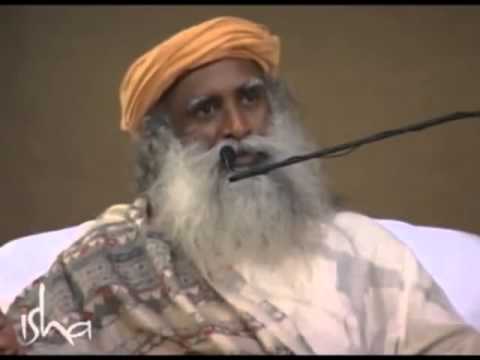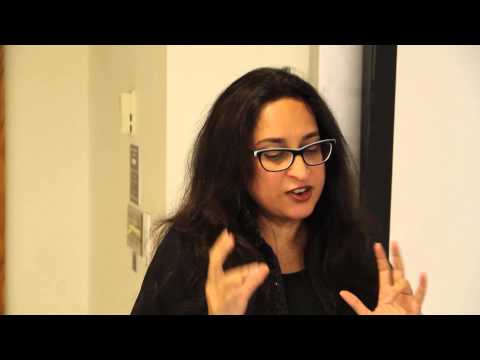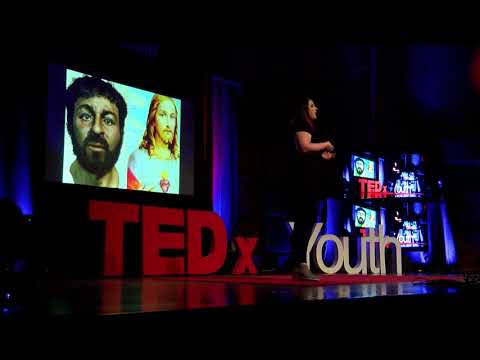Daniel Bergner’s latest book is “What Do Women Want?: Adventures in the Science of Female Desire” ().
Read more at :
Follow Big Think here:
YouTube:
Facebook:
Twitter:
Transcript:
To talk about female desire we need to start by talking about one major misconception, a seemingly scientific theory that most of us have bought into and that is the idea that while men are genetically programmed to spread their limitless seed and be promiscuous that women by contrast are genetically programmed, evolutionary scripted to seek out one good man, seek out one good provider, seek out closeness and constancy and so that at least relatively speaking by this theory women are somewhat better suited to monogamy, have a sex drive that’s a bit less raw, a bit less animalistic than male libido. That dates back to the early 90s. I went back and looked at those original academic papers that sort of put that into our consciousness, via the media that sort of grasped onto this theory in the 90s. Those papers have very, very little substance to them. They have a lot of circular reasoning. They have very little substantive proof. And I think we as a culture latched onto them because we’re eager to have simple theories to explain who we are, especially when it comes to gender. But we need to move on now because all the research and all the researchers that I’ve spent time with now over the last decade are really taking us in another direction showing us something very different about female desire, something that’s much more driven, much more like we used to consider male desire to be. A force that’s full of agency and that’s not that old relatively passive conception that we for the most part have been clinging to.
So let’s go into some labs. So Meredith Chivers, a Canadian researcher, who I spent a lot of time with tries to look past what culture teaches us and look at something more immediate. So she puts women in front of pornographic scenes or has them listen to erotic scenarios and measures their response in two ways. One she gives them a keypad. They can rate their own subjective response. Am I turned on? Am I not? To what degree am I turned on? Secondly she’s got a little device called a plethysmograph which measures the body’s response. And what we’re talking about just to get technical for a second is a little sort of glassine tube that measures blood flow in the vagina. So interestingly over and over again what women say they want via the keypad or what they say turns them on contrasts with what this little device called the plethysmograph says about bodily response. To give you one example scenario with a super hunky handsome close friend as the potential erotic partner versus scenario with the super hunky handsome total stranger as the erotic partner consistently women say I’ll go with the close friend. Consistently women’s bodies say I’m getting very, very turned on, the plethysmograph readings are soaring in response to the stranger. What does this tell us? Can the little device called the plethysmograph say everything there is to be said about desire? Absolutely no, it cannot. There’s all kinds of complexity here. But at the very least it tells us a story that stands in contrast to the story we’ve been told by evolutionary psychologists which is what women really want sexually speaking is that one good man, the intimacy driven relationship, et cetera. This stands in total contrast to that it asks us to question those old stories and that’s what researchers are doing now over and over. And that’s partly because the field has become increasingly filled with female researchers and so they’re able to see in a different more searching way into their subject.
0 views
Date: December 14, 2017
Related videos







